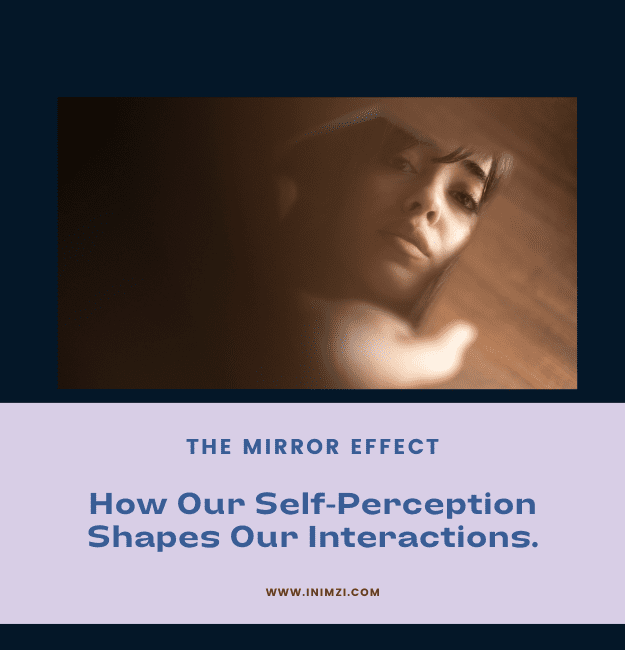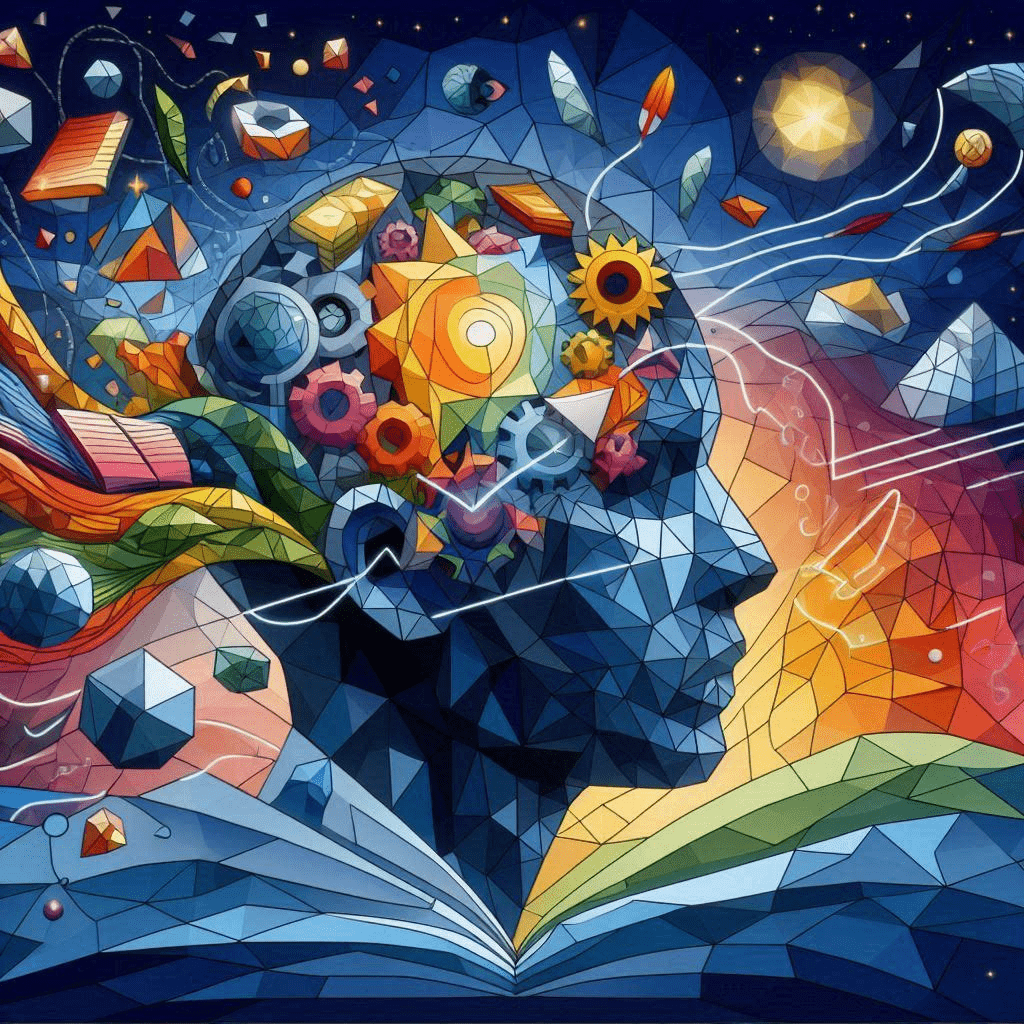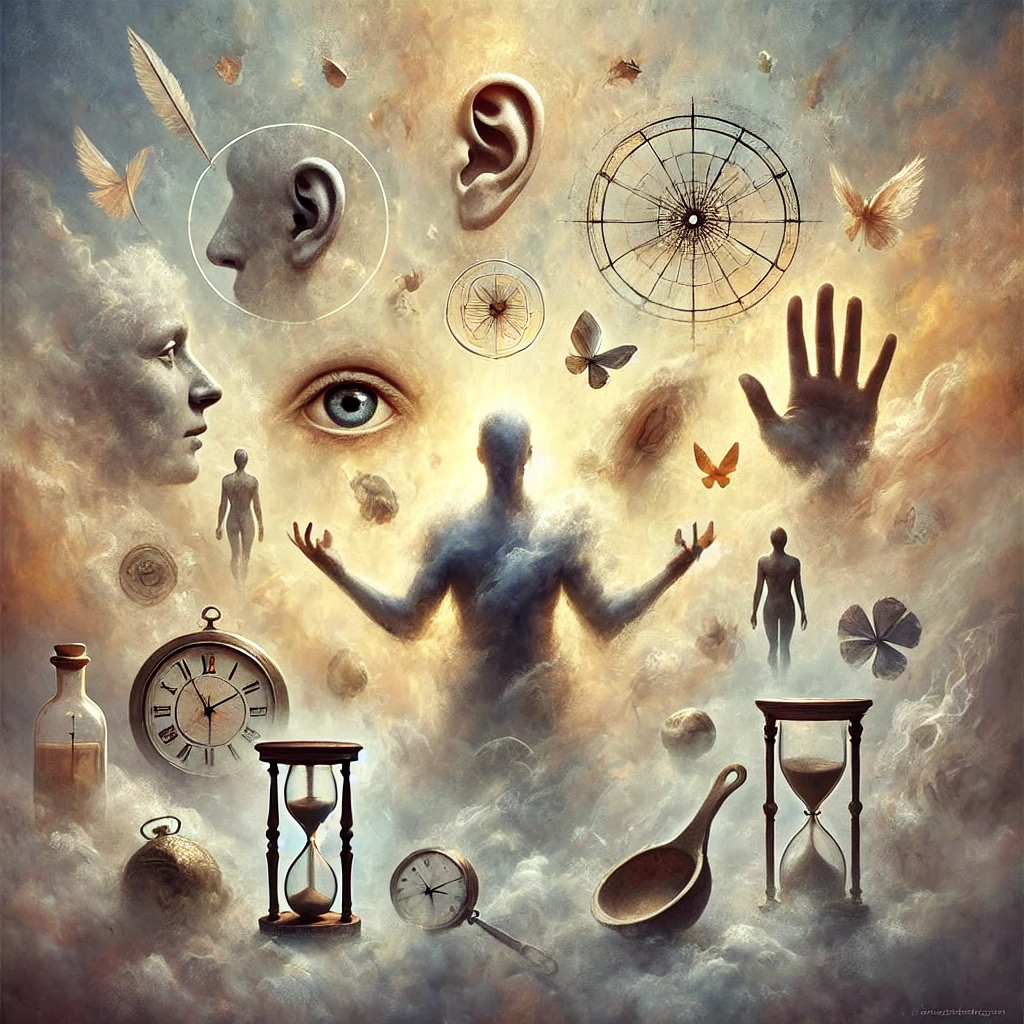Human interactions, woven from personal experiences and cultural threads, often reflect the delicate dance between self-perception and interpersonal dynamics. The mirror effect, a captivating concept in psychology, delves into the interconnectedness of how we see ourselves and the way we treat others, providing a nuanced perspective on the complexities of human behavior.
The Mirror Effect Explored:
At its core, the mirror effect posits that our treatment of others acts as a mirror reflecting our own self-image. This psychological phenomenon is akin to the way light reflects off a mirror, bouncing back with the same intensity and direction. In our social interactions, the attitudes, and behaviors we project onto others are a direct reflection of the sentiments we harbor within ourselves.
Self-Esteem’s Role in the Mirror Effect:
The role of self-esteem in the mirror effect is particularly intriguing. Individuals with high self-esteem often project confidence, empathy, and positivity onto others, fostering a harmonious interpersonal dynamic. Conversely, those grappling with low self-esteem may inadvertently project insecurities, leading to behaviors such as criticism, defensiveness, or withdrawal. Recognizing and understanding this link between self-esteem and interpersonal dynamics is crucial for fostering healthier relationships.
Of course, there are other factors that can influence how we treat others, such as our mood, our upbringing, and our culture. However, our self-esteem is one of the most important factors.
Here are some examples of how our self-esteem can influence how we treat others:
If we have low self-esteem, we may be more likely to:
- Be critical and judgmental of others
- Blame others for our own mistakes
- Be easily offended
- Allow others to mistreat us
If we have high self-esteem, we are more likely to:
- Be kind and compassionate to others
- Take responsibility for our own actions
- Forgive others easily
- Set boundaries and stand up for ourselves
It is important to note that our self-esteem can fluctuate over time. It can also be affected by different situations. For example, we may feel more confident and assertive at work than we do in our social life.
However, the way we treat others is a good indicator of our overall self-esteem. If we are consistently treating others with kindness and respect, it is a sign that we have a healthy sense of self-worth.
If you are struggling with low self-esteem, there are things you can do to improve it. Here are a few tips:
- Challenge your negative thoughts about yourself
- Set realistic goals and work towards achieving them
- Surround yourself with positive people who support you
- Practice self-care and do things that make you feel good
- Seek professional help if needed
Improving your self-esteem will not only make you happier and more fulfilled, it will also improve your relationships with others. When you treat yourself with kindness and respect, you are more likely to treat others that way as well.
How to Improve the Way We Treat Others
If you want to improve the way you treat others, the first step is to improve your self-esteem. Here are a few tips:
- Practice self-compassion. Be kind to yourself, even when you make mistakes.
- Identify and challenge your negative thoughts about yourself.
- Celebrate your accomplishments.
- Surround yourself with positive people who support you and make you feel good about yourself.
- Seek professional help if you are struggling to improve your self-esteem on your own.
As your self-esteem improves, you will naturally start to treat others with more kindness, compassion, and respect.
The Golden Rule and Beyond:
The timeless wisdom encapsulated in the golden rule—treat others as you want to be treated—takes on a profound dimension within the context of the mirror effect. It becomes a cyclical process where our treatment of others reflects how we wish to be treated, forming a reciprocal dance of interpersonal influence. This reciprocal nature emphasizes the importance of cultivating positive self-perception, as it directly impacts the quality of our interactions with those around us.
Reciprocal Influence:
1- Cyclical Relationship Dynamics:
- The golden rule transforms into more than a moral guideline; it evolves into a cyclical process within the mirror effect.
- Our treatment of others reflects our desires for reciprocal kindness, creating a dynamic exchange of interpersonal influence.
2- Reflecting Self-Perception:
- The reciprocal dance underscores the intimate link between our self-perception and how we treat others.
- By adhering to the golden rule, we actively contribute to shaping a positive self-image, reinforcing the notion that we are deserving of the same kindness we extend.
Positive Self-Perception’s Impact:
1- Quality of Interactions:
- The reciprocal nature of the golden rule underscores the role of positive self-perception in shaping the quality of our interactions.
- When we view ourselves positively, our treatment of others tends to be imbued with kindness, respect, and empathy, creating a harmonious social dynamic.
2- Building a Positive Cycle:
- Cultivating positive self-perception becomes a cornerstone in breaking the cycle of negativity.
- By treating others with kindness, we not only foster positive interpersonal relationships but also contribute to building a cycle of reciprocity that extends beyond individual interactions.
Emphasis on Self-Perception:
1- Awareness of Personal Worth:
- Adhering to the golden rule requires an awareness of our own worth and the recognition that we deserve positive treatment.
- This awareness is a key component in the mirror effect, as our interactions serve as a reflection of how we perceive our own value.
2- Conscious Choices in Interactions:
- The reciprocal dance encourages conscious choices in how we treat others.
- By aligning our actions with the golden rule, we actively participate in shaping a positive self-perception, reinforcing the belief that we are deserving of the same treatment.
In Summary: Nurturing Reciprocal Kindness
In embracing the golden rule within the context of the mirror effect, we partake in a reciprocal dance of influence, shaping the very fabric of our interactions. The cycle underscores the profound impact of positive self-perception on the quality of these interactions, emphasizing the importance of conscious choices in fostering kindness, respect, and empathy. As we contribute to this positive cycle, we not only enhance our own well-being but also cultivate a social landscape woven with reciprocity and compassion.
Breaking Free from Negative Patterns:
Breaking free from negative self-perceptions becomes a transformative journey in the realm of the mirror effect. Engaging in self-reflection, practicing self-compassion, and seeking support when needed are pivotal steps toward cultivating a positive self-image. As we learn to treat ourselves with kindness and understanding, these sentiments naturally extend to those we encounter, contributing to the creation of a more compassionate and harmonious social landscape.
When we have a positive self-image, we are more likely to see the good in others and to treat them with kindness, respect, and compassion. We are also more likely to be forgiving and understanding when they make mistakes.
On the other hand, when we have a negative self-image, we are more likely to see the worst in others and to be critical and judgmental. We may also be more likely to be reactive and defensive, even when we are not being threatened.
Here are some examples of how our self-image can influence how we treat others:
- If we are insecure about our intelligence, we may be more likely to put others down or to make fun of them for their mistakes.
- If we are self-conscious about our appearance, we may be more likely to compare ourselves to others or to make negative comments about their looks.
- If we have been hurt in the past, we may be more likely to be suspicious of others or to avoid trusting them.
- If we have a strong sense of self-worth, we are more likely to be able to stand up for ourselves and to assert our needs in a healthy way.
It is important to note that our self-image is not fixed. It can change over time as we have new experiences and learn new things about ourselves. We can also intentionally work to improve our self-image by practicing self-compassion, self-acceptance, and positive self-talk.
Here are some tips for improving your self-image:
- Focus on your strengths and accomplishments. Make a list of all the things you are good at and all the things you have achieved.
- Be kind and compassionate towards yourself. Forgive yourself for your mistakes and learn from them.
- Challenge negative thoughts about yourself. When you catch yourself thinking something negative about yourself, ask yourself if it is really true. If it is not, replace the negative thought with a positive one.
- Surround yourself with positive people. The people you spend time with can have a big impact on your self-image. Make sure to spend time with people who support you and make you feel good about yourself.
By working to improve your self-image, you can also improve the way you treat others. When you feel good about yourself, you are more likely to treat others with kindness, respect, and compassion.
Cultural and Environmental Considerations:
While the mirror effect provides valuable insights into individual behavior, it’s essential to recognize the influence of external factors. Cultural norms, societal expectations, and environmental influences add layers of complexity to the tapestry of human interactions. Acknowledging these external influences allows for a more comprehensive understanding of the intricate dance between self-perception and the way we treat others.
Cultural Norms:
1- Cultural Diversity Impact:
- Cultures vary in their values, norms, and expectations, influencing how individuals perceive themselves and others.
- The mirror effect interacts with cultural diversity, shaping behavioral patterns and interpersonal dynamics differently across societies.
2- Cultural Influence on Self-Perception:
- Cultural norms contribute to the construction of self-perception by defining societal standards of success, beauty, and morality.
- Individuals often mirror culturally endorsed behaviors, reflecting these norms in their interactions with others.
Societal Expectations:
1- Pressures and Expectations:
- Societal expectations create pressures that mold individuals’ self-concept and impact their treatment of others.
- The mirror effect magnifies these influences, as individuals may mirror societal expectations in their behavior.
2- Gender Roles and Identity:
- Gender roles, societal norms, and identity expectations play a crucial role in the mirror effect.
- Individuals may reflect societal expectations in their interpersonal interactions, adhering to or challenging established norms.
Environmental Influences:
1- Upbringing and Family Dynamics:
- Environmental factors, such as upbringing and family dynamics, imprint lasting impressions on individuals’ self-perception.
- The mirror effect, within the context of environmental influences, manifests in behaviors shaped by familial expectations and experiences.
2- Educational and Workplace Cultures:
- Educational and workplace cultures contribute to individuals’ self-concept and influence how they treat others.
- These environments serve as mirrors, reflecting back the values and expectations that individuals internalize and project onto others.
Acknowledging External Influences:
1- Self-Reflection Amidst Cultural Diversity:
- Acknowledging cultural diversity prompts individuals to engage in self-reflection, recognizing the impact of their cultural background on self-perception.
- The mirror effect becomes a tool for understanding how cultural influences shape interpersonal interactions.
2- Navigating Societal Expectations:
- Awareness of societal expectations empowers individuals to navigate their interactions consciously.
- Recognizing the influence of external norms allows for more intentional choices in how individuals treat others.
In Summary: A Comprehensive Understanding
In considering cultural and environmental influences, the mirror effect transforms into a dynamic interplay of internal and external forces shaping human interactions. Acknowledging the complexities introduced by cultural norms, societal expectations, and environmental factors provides a more comprehensive understanding of the intricate dance between self-perception and the treatment of others. By recognizing and navigating these external influences, individuals contribute to a richer, more nuanced tapestry of human relationships.
Conclusion:
The mirror effect invites us to explore the intricate relationship between self-perception and our interactions with the world. By recognizing the profound influence our attitudes and emotions have on interpersonal dynamics, we gain valuable insights into the rich tapestry of human behavior. Embracing a positive self-image not only enhances our personal well-being but also contributes to the creation of a more compassionate and interconnected social fabric, where the threads of self-perception intricately weave into the broader canvas of human relationships.








